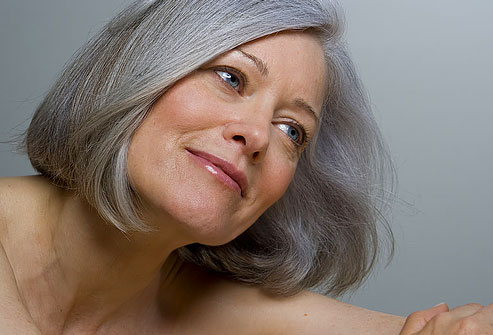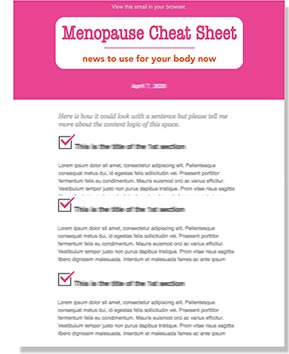Losing 100 to 150 strands of hair per day may sound catastrophic, but it’s actually the normal rate. If you’re shedding more than that, however, you may be one of the millions of women who are experiencing hair loss. The result is hard-to-handle thinning hair.

And face it, when most of us think about permanent hair loss, what comes to mind is the sort of hereditary “male pattern baldness” that causes more than 90 percent of hair loss in guys. Yet this “pate fate” can await women, too: If you experience hair loss after 50, as 60 percent of females do, the trend is often more permanent. That’s when you need to consult your doctor to find a treatment that works for you.
Many women have written to ask me how best to deal with hair that is dull, dry and thin. To glean some professional tactics, I talked to Dr. Doris Day, a dermatologist based in New York City. In the video below, Day clues us in to some remedies that truly work — and gives us a glimpse of the likeliest breakthroughs currently in the making.
In a couple of weeks I’ll write a new blog post about how to style thinning hair. In it I’ll pass along some tips from one of the nation’s top hair stylists — all just one more reason to subscribe to my “Best of Everything” playlist on YouTube!
Until next time, remember this: We can’t control getting older . . . but . . . we can control how we do it!
I want to hear from you!
Connect with me on FACEBOOK, TWITTER, INSTAGRAM, and PINTEREST!

































































One comment